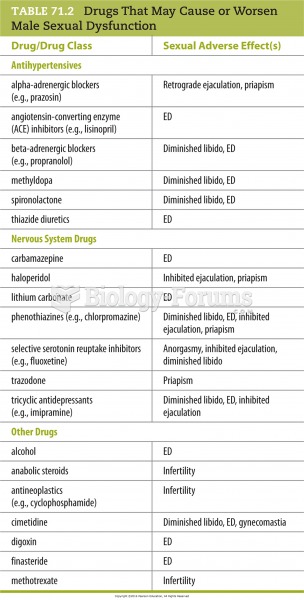ML is 55-year-old white male with prior medical hx of hyperlipidemia and DM. His mother died at the age of 60 from colon cancer. During the last 4 weeks he has had symptoms of abdominal pain, he feels weak and fatigued, more and more often he feels his back ache, and he has noticed darkening of his urine and lighter-in-color stools. Also, he reports having episodes of nausea and vomiting and has lost his appetite. ML has been losing weight during the last 5 weeks. All these symptoms led him to his doctor, who ordered a laboratory analysis. The doctor ordered a computed tomography (CT) and an ultrasound. To confirm diagnosis a biopsy was also performed. ML was diagnosed with ductal adenocarcinoma of the head of the pancreas Stage III. Height: 5'7 Weight: 198 UBW: 220 The doctor ordered the administration of chemotherapy with 5-Fluorouracil (5-FU) and improvement of his nutritional condition before surgery (Whipple procedure). Other meds prescribed: Zofran, Duragesic, pancrealipase, regular insulin. Diet Order: NPO Given the above, how would we feed this patient?
a. nasogastric tube
b. jejunostomy
c. nasoenteric tube
d. gastrostomy
Question 2
ML is 55-year-old white male with prior medical hx of hyperlipidemia and DM. His mother died at the age of 60 from colon cancer. During the last 4 weeks he has had symptoms of abdominal pain, he feels weak and fatigued, more and more often he feels his back ache, and he has noticed darkening of his urine and lighter-in-color stools. Also, he reports having episodes of nausea and vomiting and has lost his appetite. ML has been losing weight during the last 5 weeks. All these symptoms led him to his doctor, who ordered a laboratory analysis. The doctor ordered a computed tomography (CT) and an ultrasound. To confirm diagnosis a biopsy was also performed. ML was diagnosed with ductal adenocarcinoma of the head of the pancreas Stage III. Height: 5'7 Weight: 198 UBW: 220 The doctor ordered the administration of chemotherapy with 5-Fluorouracil (5-FU) and improvement of his nutritional condition before surgery (Whipple procedure). Other meds prescribed: Zofran, Duragesic, pancrealipase, regular insulin. Diet Order: NPO After performing a nutritional assessment on ML, the registered dietitian determines that he is at risk for what nutritional complication after surgery?
a. scar tissue obstructing the duodenum
b. complications with would healing
c. return of the cancer
d. delayed gastric emptying






